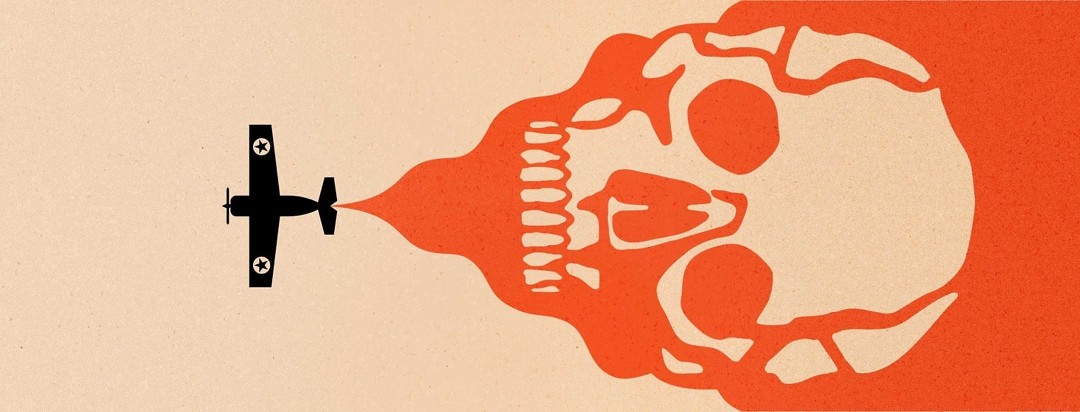Agent Orange: Our Second Vietnam Battle for Life
If you are a Vietnam vet or know one, my hope is to get the message across that our battle with Agent Orange (AO) diseases, including prostate cancer (PCa), is a lifelong fight. As the AO story is lengthy, this will be in two parts with the second part addressing what we as Vietnam vets can do to increase our chances of defeating PCa.
What is Agent Orange?
I landed in Vietnam on 10/15/69 and, like my other Nam brothers, I thought I knew who the only enemy was — the North Vietnamese and Viet Cong (Charlie). Little did we suspect we were facing another “enemy” — our own government, which was spraying AO all over Vietnam (estimates are that nearly 20 million gallons of herbicides were sprayed throughout our War, of which over 12 million gallons were AO). AO exposure also applies to veterans who served in or near the Korean demilitarized zone (DMZ) between 1968 and August 31, 1971.
Spraying AO in Vietnam was known as Operation Ranch Hand and it lasted from 1962 to 1971.1,4 And because AO doesn’t just go away, all Vietnam vets through the end of the war in 1975 are considered to have been exposed to this deadly nemesis.
The unknown, dangerous dioxins
Unbeknown to most of us at the time, AO was laden with dioxins, which the World Health Organization (WHO) now defines as, “highly toxic and can cause reproductive and developmental problems, damage the immune system, interfere with hormones and also cause cancer.” Some dioxins are technically known as 2,3,7,8- tetrachlorodibenzo para dioxin (TCDD).3
Dioxins are readily absorbed by fat tissue, where they are then stored in our bodies. Their half-life (half-life is how long it takes for half of a toxic to be eliminated in the body) in human bodies is 7-11 years.3
Downplaying Agent Orange
The VA, as usual, downplaying things done improperly to vets in time of war, notes "the dioxin TCDD was an unwanted byproduct of herbicide production." It adds that: "dioxins are pollutants that are released into the environment by burning waste, diesel exhaust, chemical manufacturing, and other processes."1
I assume "spraying" is included under “other processes.” Of course, spraying is the way to get HUGE quantities released into the environment rapidly. In Vietnam it surely caused for more dioxins being released “into the environment” (and our bodies).
Remnants of dioxins
The VA also says, “Agent Orange dries quickly after spraying and breaks down within hours to days when exposed to sunlight.”1 While AO does break down fairly quickly when it dries on plants, dioxins are extremely robust compounds and break down slowly. Many current dioxins exposures in the U.S. are connected to releases that happened decades ago.2
Not only can dioxins remain for years in soil or water sources, researchers have found it in food, too. Many countries monitor food supplies for it.1,3
Learn more about Agent Orange and its impact on veterans in Agent Orange: Our Second Vietnam Battle for Life Part II.

Join the conversation